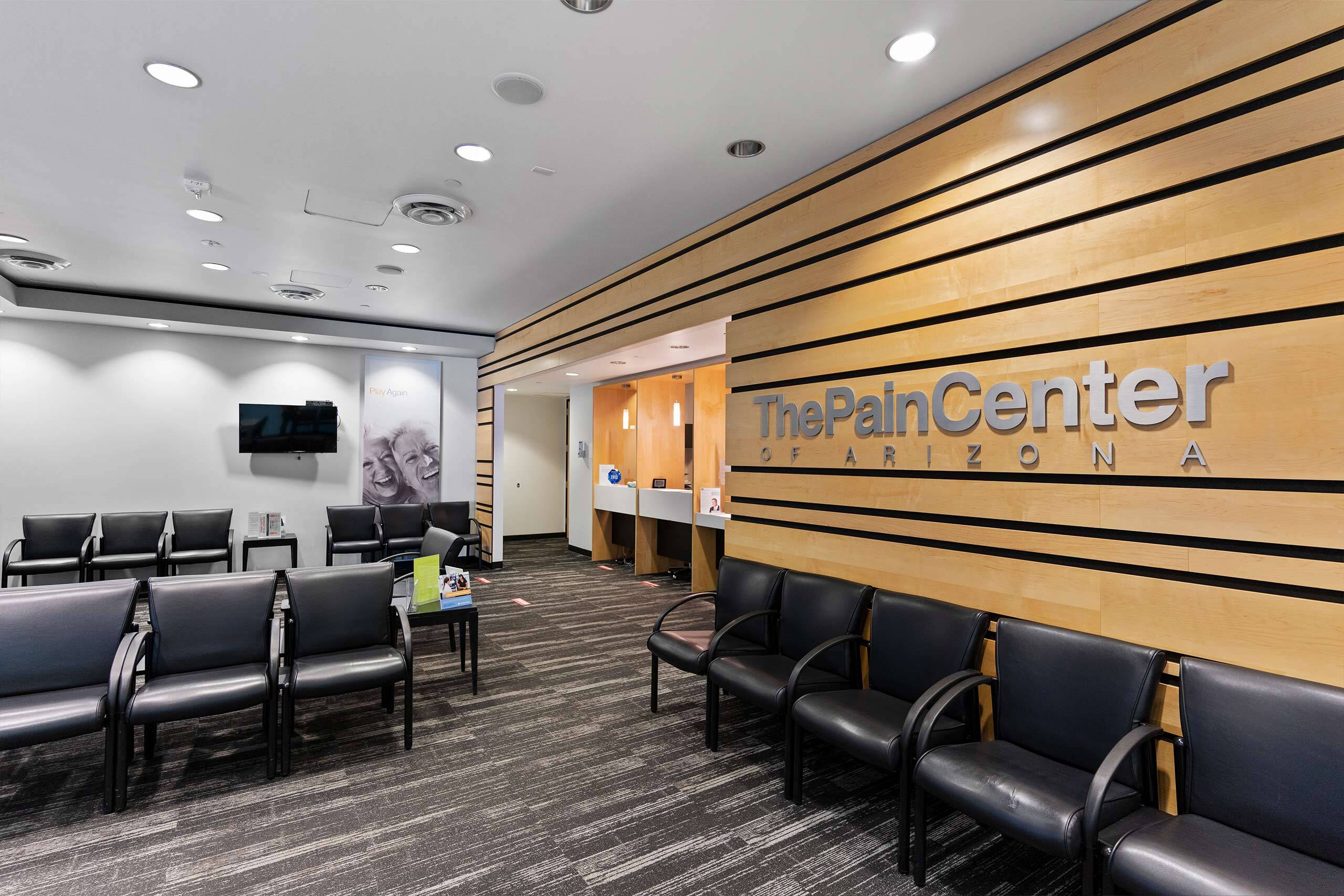Sympathetic Nerve Block
A sympathetic nerve block is used to identify pain within the sympathetic nerve chain. Sympathetic nerves extend the length of the spine and manage involuntary functions like opening and constricting blood vessels. A sympathetic block utilizes the same medication and technique as a standard nerve block to deliver adequate pain relief, but just in a specific area of the body.


What is Sympathetic Nerve Block?
A sympathetic nerve block is used to identify pain within the sympathetic nerve chain.
Sympathetic nerves extend the length of the spine and manage involuntary functions like opening and constricting blood vessels.
What Types of Pain Do Sympathetic Nerve Block Treat?
- Severe burning pain, swelling, and skin color change caused by Chronic Regional Pain Syndrome (CRPS), or Reflex Sympathetic Dystrophy (RSD).
- Chronic leg and foot pain caused by complex regional pain syndrome, reflex sympathetic dystrophy, vascular insufficiency, and shingles.
How Does a Sympathetic Nerve Block Work?
A sympathetic block utilizes the same medication and technique as a standard nerve block to deliver adequate pain relief from long-term pain, but only in a specific area of the body.
What is in a sympathetic nerve block?
A sympathetic block injection contains a local anesthetic that is injected into the sympathetic nerves located on the front side of your spine.

Expectations and Recovery
Sympathetic nerve blocks could provide up to months of pain relief, differing for each patient. Typically, a series of injections will be given to patients for the greatest effect.
Patients are typically discharged 30-45 minutes after the procedure, and you’ll normally be discharged and able to return to normal activities.
What Symptoms of Leg Pain Should I Report to My Doctor?
Be sure to inform your doctor of all your symptoms. Leg pain symptoms to watch out for include:
- Pain in either or both legs, with or without back pain
- Foot pain
- Sudden pain that comes and goes
- Redness or discoloration of the skin on either leg
- Swelling in the leg, ankle, or calf
- Distended veins
- Weakness
- Leg skin warm that’s warm to the touch
- Itching or throbbing skin
- Pain that worsens when walking, exercising
- Sciatica leg pain, or radiating pain down the back of the leg toward the feet
- Leg stiffness, general or morning
- Numbness, tingling, throbbing
- Muscle pain/aches
- Aching with or without fever
- Tenderness
- Burning sensation/pain
- Reduced range of motion
- Change in walking or movement due to pain (limping)
- Muscle cramps
- Achilles pain in your lower calf
For short-term back pain relief, ice, rest, and over-the-counter pain medications (at the recommended dosage) can temporarily ease your pain until long-term solutions are decided by your doctor.
Physical therapy is also a common treatment option and has the most clinical evidence of success for treating chronic back pain.
What Symptoms of Foot Pain Should I Report to My Doctor?
Notify your doctor if you are experiencing foot symptoms such as:
- Intense burning
- Shooting pain
- Numbness
- Tingling
- Muscle weakness
- Joint pain


Get the care you need within 24 hours*
We know when you’re looking for relief for your chronic pain, you can’t wait any longer than you already have. This is why we can schedule you with an appointment within 24 hours at most of our pain centers across the Valley, so you can start your journey to life-long pain relief as soon as tomorrow.



